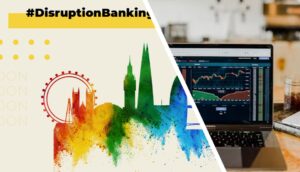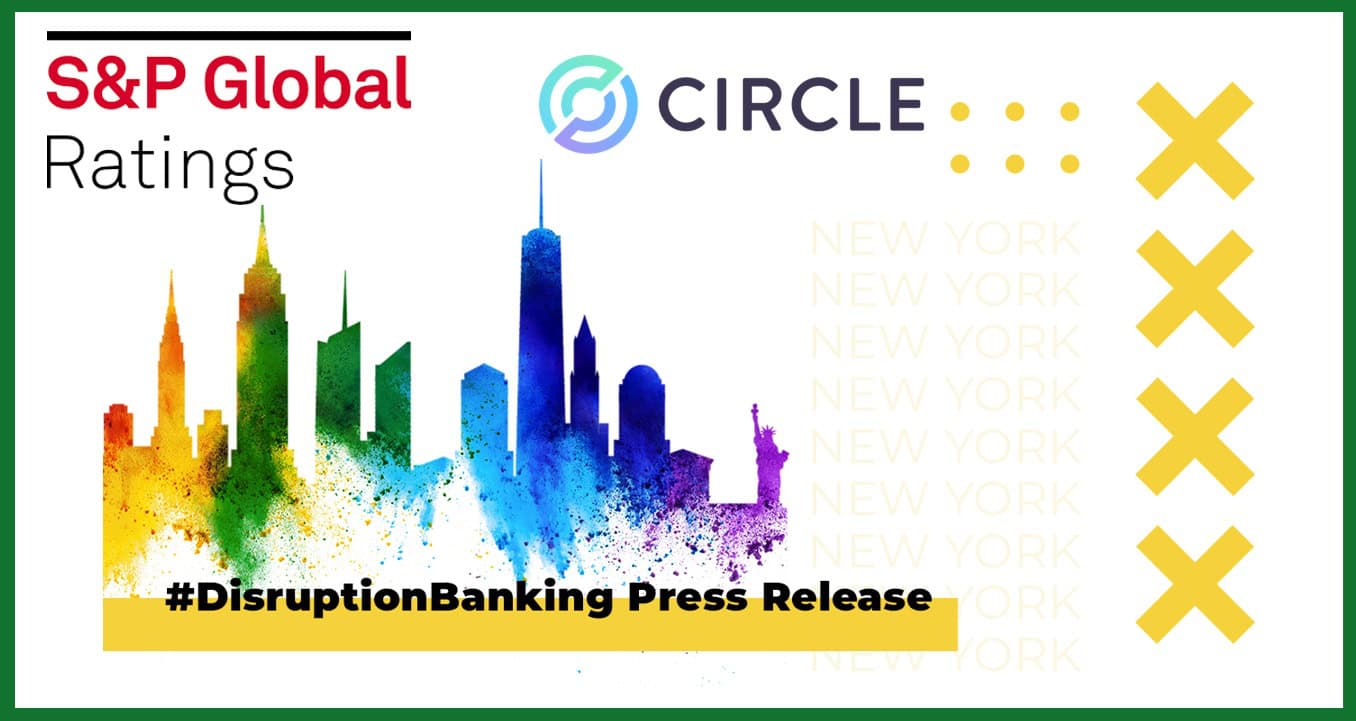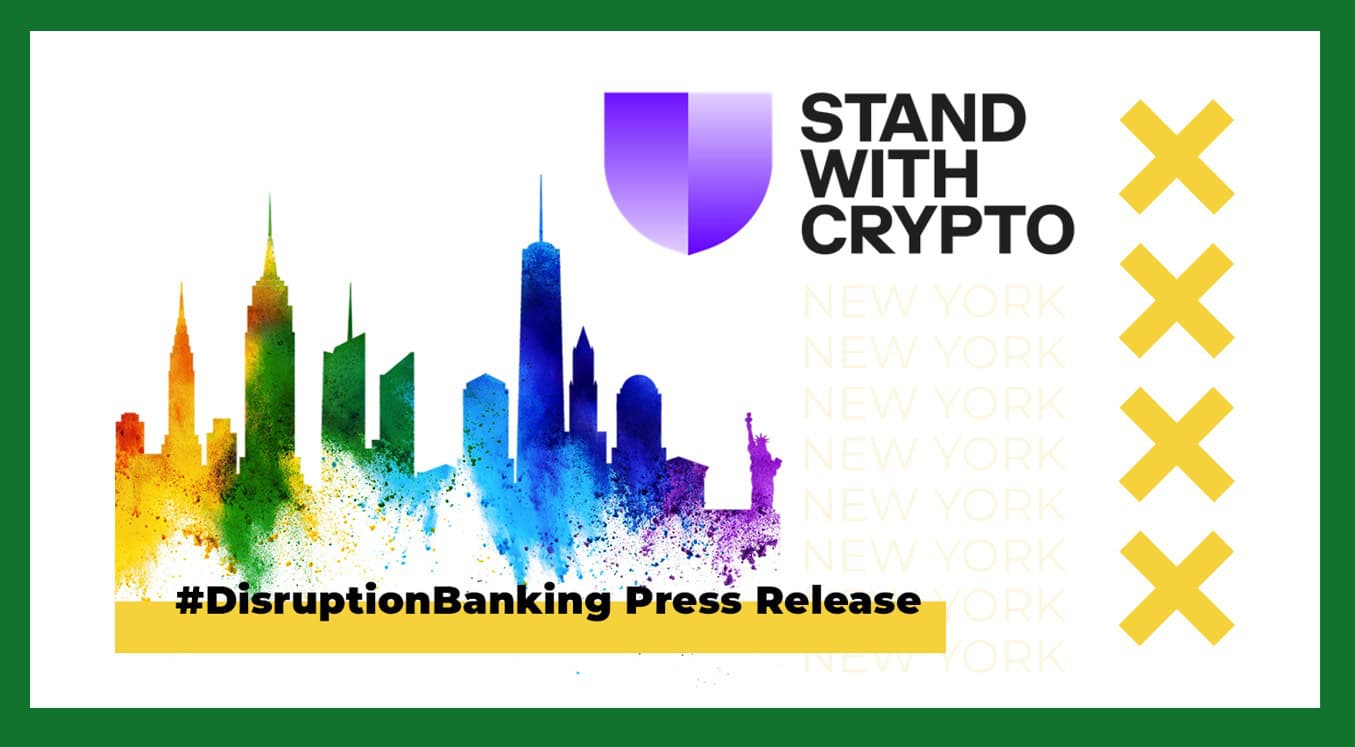With BitGo Trust Company LLC and Coinbase Custody Trust Company LLC securing the HBAR holdings, the Canary Capital HBAR ETF (ticker: HBR) launched on Nasdaq October 28, 2025. In just six days, it’s amassed over $70 million in assets under management (AUM).
This has been fuelled by $29.9 million of inflows on October 30 alone. It may not be as impressive as Bitcoin ETFs like IBIT’s $19.8 billion AUM, this growth signals a rise in the popularity of HBAR and the expanding crypto ETF market.
Since hitting $0.40 in January 2025, HBAR’s value has slumped, trading around $0.18 today after a $0.31 peak in July. Yet, its novel hashgraph technology, lauded as faster and greener than traditional blockchains, has kept retail and institutional hopes alive. The recent Australian stablecoin has undoubtedly increased the popularity of HBAR. The choice to use the Hedera blockchain by Lloyds Bank in the UK from August also helped. Could this ETF reignite that optimism? Might it spark a HBAR renaissance?
Could ETFs lead to a HBAR Renaissance?
There is a lot of excitement, especially on platforms like X and Reddit. HBR’s debut triggered a 25.7% HBAR surge to $0.2052, though profit-taking has pulled it back to $0.18 today. With 42 billion HBAR circulating (max 50 billion), the ETF’s 360 million HBAR holdings (worth about $51 million) are a drop in the ocean. But that could change. Six more HBAR ETFs are in the pipeline, with Grayscale’s decision due November 12, 2025. If inflows hit $100 million, a substantial chunk of HBAR could soon be custodied, mirroring SOL and XRP ETF trends.
Unlike BTC or ETH ETFs, which track token prices closely (e.g., IBIT at $60.59 vs. BTC’s $106.8K adjusted), HBR’s share price ($24) dwarfs HBAR’s $0.18. This isn’t a mismatch.
HBR’s NAV ($26.90) reflects about 149 HBAR per share, trading at a 0.96% premium due to high demand from Monday’s $70 million inflows. This recent premium, which is down from 2 – 3% at launch, shows arbitrage by Authorized Participants (APs) is kicking in, creating shares to balance supply.
Why the Premium, and What’s Next?
A premium signals opportunity but also risk. APs buy HBAR at spot prices, create shares at NAV, and sell at the higher market price, narrowing the gap over time. For HBAR, 2025’s 50%+ YTD drop has shaken retail confidence, but institutions see diversification value, think all-weather or index funds with HBAR exposure. A five- or ten-year horizon could pay off if adoption (e.g., tokenization, DeFi) and historical November gains kick in.
Macro headwinds, like the U.S. government shutdown, which is now at day 33, and profit-taking post-launch partially explain the price lag below $0.20. However, Grayscale’s nod or further inflows could push HBAR toward $0.24 or its $0.43 all-time high. The ETF market’s growth, alongside Hedera’s leadership in digital assets, hints at a renaissance, if use cases deliver. Which is a big ‘if’, as recent use cases have not prompted a rise in the price of HBAR.
Wait and See What November 12 Brings
Whether it’s about a small one-off investment or a long-term hodl, HBR has shone a big light on HBAR. Whether this light can continue will depend on many factors, the biggest one will be what happens if the SEC finally approve the Grayscale HBAR ETF on November 12, and how that might affect global supply of HBAR.
Author: Andy Samu
The editorial team at #DisruptionBanking has taken all precautions to ensure that no persons or organizations have been adversely affected or offered any sort of financial advice in this article. This article is most definitely not financial advice.
#HBAR #Crypto #Hedera #ETF #Nasdaq #Inflows
See Also:
HBAR’s Price vs. Adoption: Dissecting What’s Holding the Token Back | Disruption Banking














